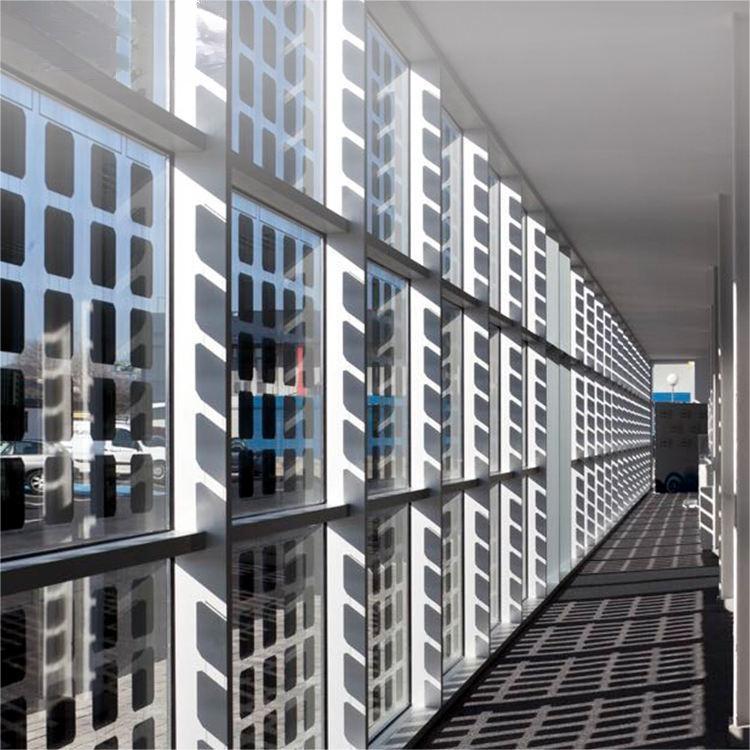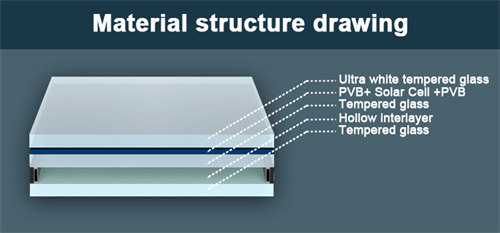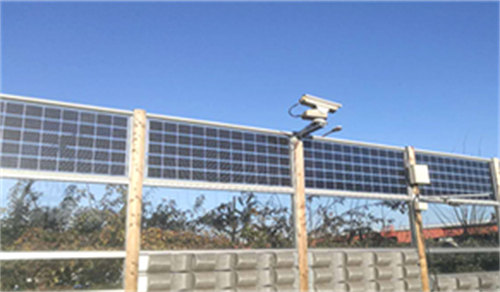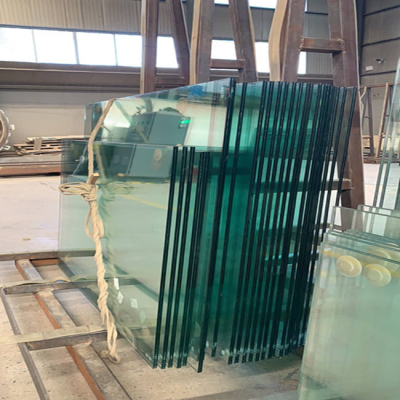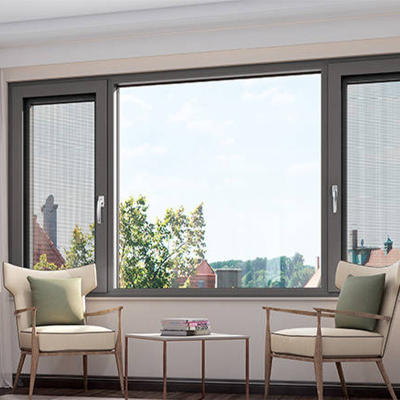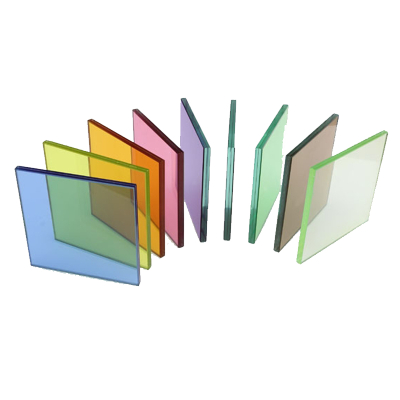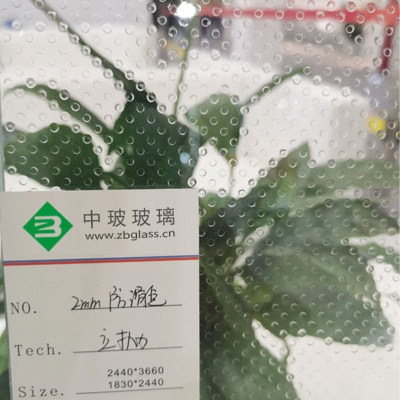Solar Glass
1. Energy generation: Solar glass is designed to capture sunlight and convert it into electricity through integrated photovoltaic cells. It allows buildings to generate their own clean and renewable energy, reducing reliance on traditional power sources.
2. Sustainability: Solar glass contributes to a sustainable future by harnessing the power of the sun, a clean and abundant energy source. It helps in reducing greenhouse gas emissions and mitigating the environmental impact of energy generation.
Product Description
Solar glass, also known as photovoltaic glass, is a specialized type of glass that is designed to harness solar energy. It is coated with a thin layer of transparent conductive material, such as indium tin oxide (ITO), which allows it to generate electricity from sunlight. Solar glass is commonly used in the construction of solar panels and building-integrated photovoltaics (BIPV) systems. It helps to convert sunlight into usable electricity while still allowing light to pass through. Solar glass is an eco-friendly and sustainable solution for renewable energy generation, and it is becoming increasingly popular in both residential and commercial applications.
Product Advantages
1. Energy generation: Solar glass is designed to capture sunlight and convert it into electricity through integrated photovoltaic cells. It allows buildings to generate their own clean and renewable energy, reducing reliance on traditional power sources.
2. Sustainability: Solar glass contributes to a sustainable future by harnessing the power of the sun, a clean and abundant energy source. It helps in reducing greenhouse gas emissions and mitigating the environmental impact of energy generation.
3. Cost savings: By generating electricity on-site, solar glass can significantly reduce energy costs for buildings. It provides a long-term return on investment as the electricity produced can offset or even eliminate the need for grid power.
4. Architectural integration: Solar glass can be seamlessly integrated into building facades, windows, or skylights, allowing for aesthetically pleasing and functional design. It offers architects and designers the flexibility to incorporate renewable energy solutions while maintaining the desired aesthetics.
5. Versatility: Solar glass comes in various forms, including transparent, semi-transparent, and opaque options. This versatility allows for different applications, ranging from large-scale solar panels to smaller solar windows or roofs.
APPLICATION



